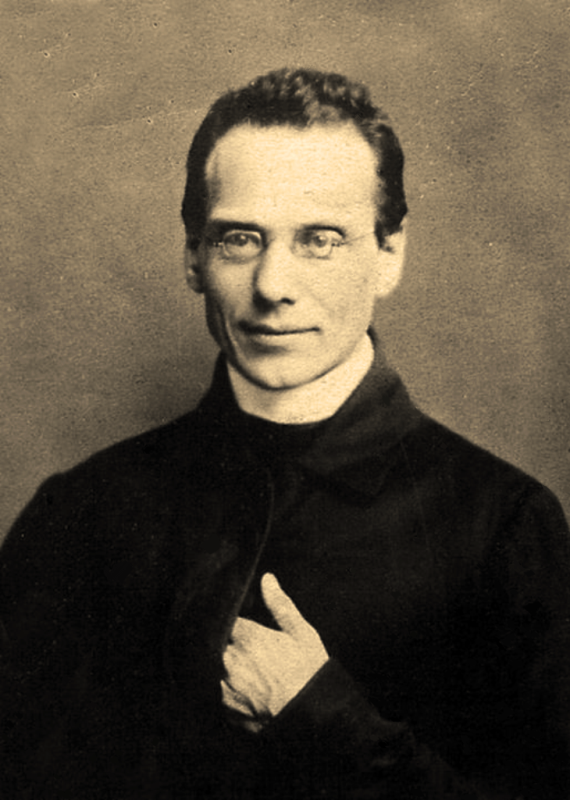“No one was ever lost because his sin was too great, but because his trust was too small.”
Francis was born into a large family in 1819 in Fussen, Bavaria. He expressed a desire for priesthood since childhood, and had the support of his family and clergy. He studied philosophy and theology, and entered the diocesan seminary at the age of 23.
He met with, was intrigued by, and decided to join, the missionaries of the Congregation of the Most Holy Redeemer, known as the Redemptorists, to minister to German speaking immigrants in the United States, who had a shortage of priests. Transatlantic ship passage was routine and relatively safe by that time and immigrants traveled to America’s open prairies and forests to initiate farms, charter towns, and establish schools. These daring men and women came to build a life of faith, so priests and nuns joined them. Francis arrived in New York in 1843, completed his theological studies, and was ordained a priest.
He first was assigned to a parish in Pittsburgh, Pennsylvania as a first pastor for Saint John Neumann, who was a fellow Redemptorist. Father Francis quickly gained a reputation as holy, always available, amiable, and wise. He served in the formation of future Redemptorists as Prefect of Students and during his years in Annapolis, met with President Abraham Lincoln in Washington, to urge him to excuse his seminarian students from military service during the Civil War. They were never drafted.
Like Neumann, he became well known, especially for his ministry in multiple languages, and came into a position of leadership in his order. He was proposed as Bishop, but he wrote to Pope Pius IX arguing of his own inadequacy, and was excused from this responsibility.
He dedicated himself to the life of an itinerant missionary, and for years he traversed the Northeast region of America for his priestly service and then moved onto the Midwest to preach in Illinois, Michigan, Wisconsin, and Missouri.
At the age of 47, he was assigned to New Orleans. He continued his joyous and faithful concern for the poor and abandoned. Exhausted from visiting and caring for the victims of yellow fever, he contracted the dreaded disease. After several weeks of patiently enduring his illness without compliant, he died at the age of 48 on October 4, 1867 but not before at least 1 miracle of healing was attributed to his intercession while he lay dying.
He was beatified in 2000 by Pope Saint John Paul II.
“This life is full of obstacles, difficulties for one whose purpose is the close following of Christ. It is only through suffering that we become Holy. And to become Holy is our only purpose in life, our only preparation for Heaven.”
His feast day is October 5.
For God’s Glory.



